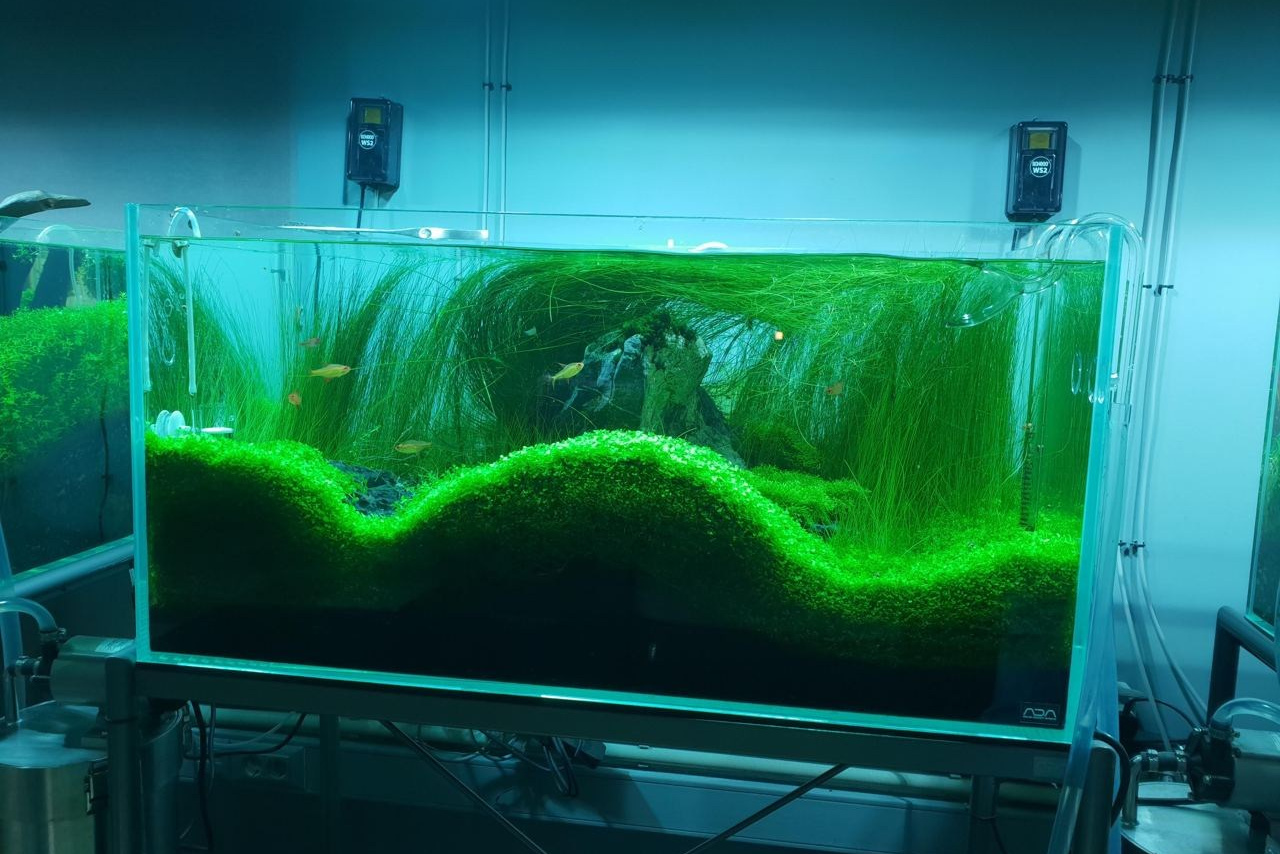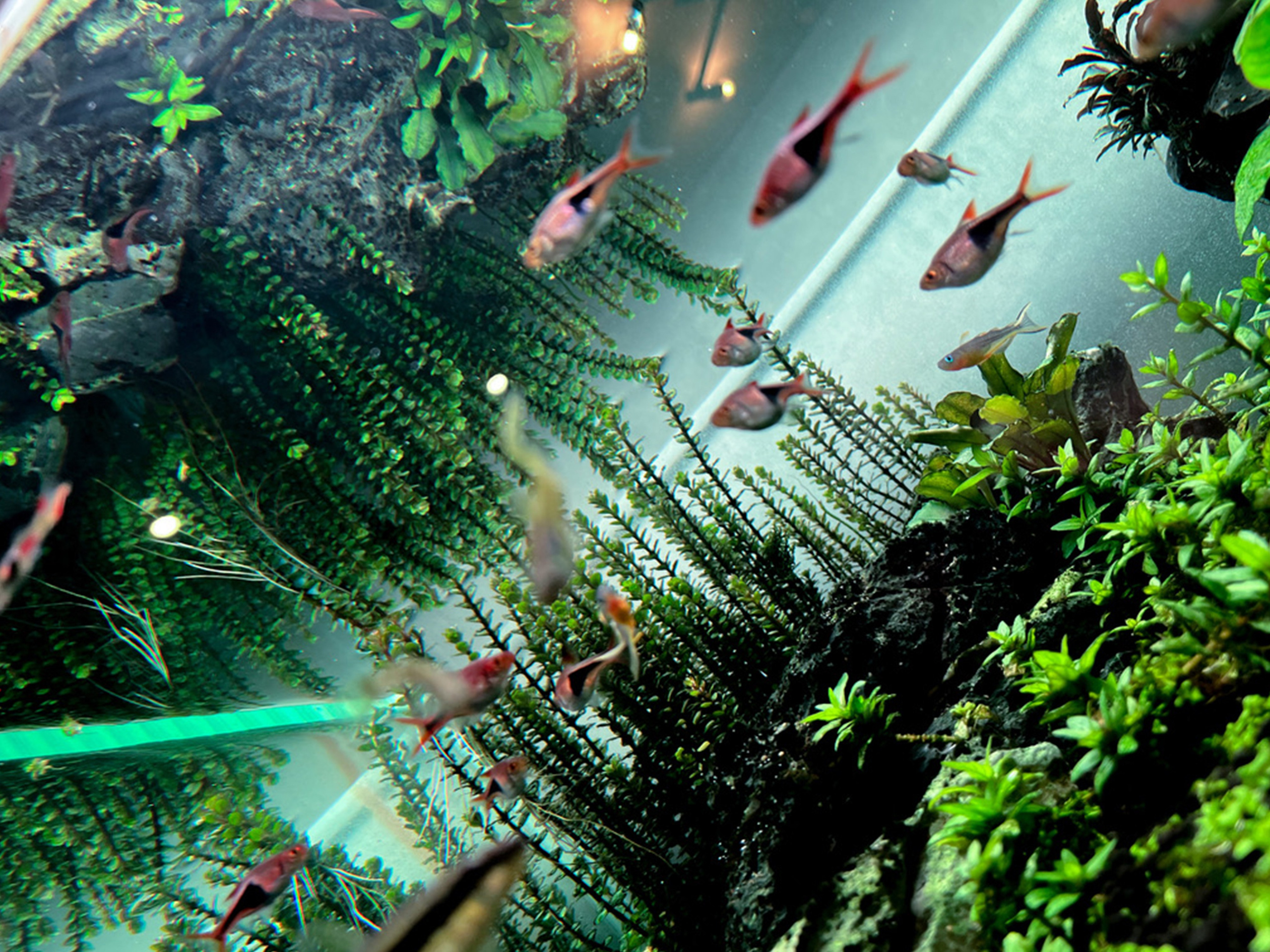
There are several types of concentrations of elements: absolute and relative to its antagonist. Let’s say iron is opposed to manganese. So there shouldn’t be too much of either. They should always be in a ratio. It works differently in all aquariums, but let’s take the optimal range (Mn/Fe) 1:2,5 — 1:4. Farther.
Measure in water We can only use manganese with the help of an ICP test. This is not very convenient, so we can test for Iron from this pair. The absolute concentration (measured by the test in water) should not exceed 0.5 ppm (or so — it may be higher, but if you know exactly why you keep such a concentration). Hence, it is easier to start not from measuring elements with tests, but simply to understand what exactly you are bringing into your aquarium. However, the tests still help to calculate at least approximately how much one or another element is consumed from water.
There is also antagonism with the proton — in simple words, the lower the pH, the easier the ion availability. Thus, iron is much more accessible at an acidic pH than at a neutral and even more alkaline one. Hence, speaking only about Iron (for example), you need to remember about the relative concentration, absolute and pH.
By the way, what can be the reason for the absolute concentration? The upper limit is toxicity to plants, the lower limit is ensuring the course of the reaction. A vivid example is when plants grow poorly with nitrate 10, and perfectly with nitrate 20.
Free articles
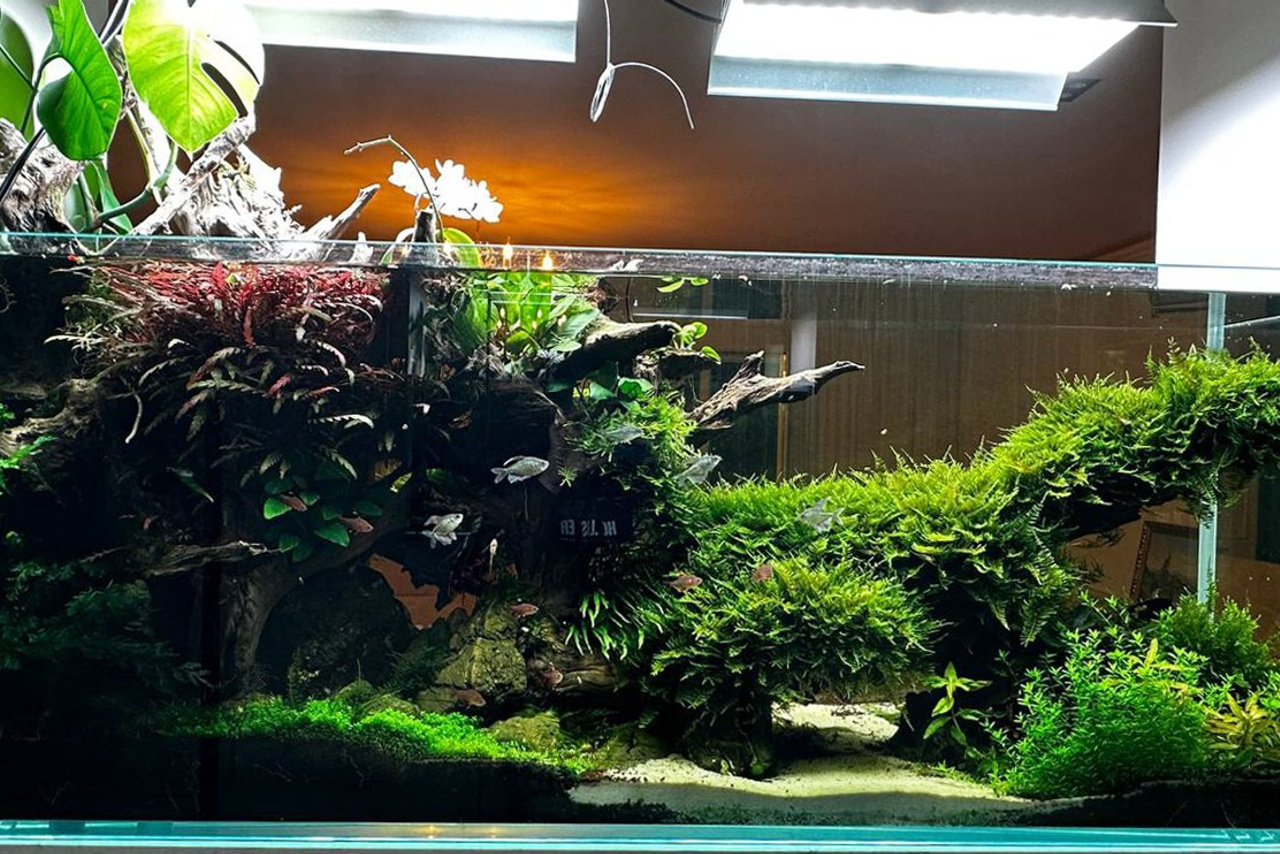
How to do aquarium like this? Aleksey (LEXUSS) told us.
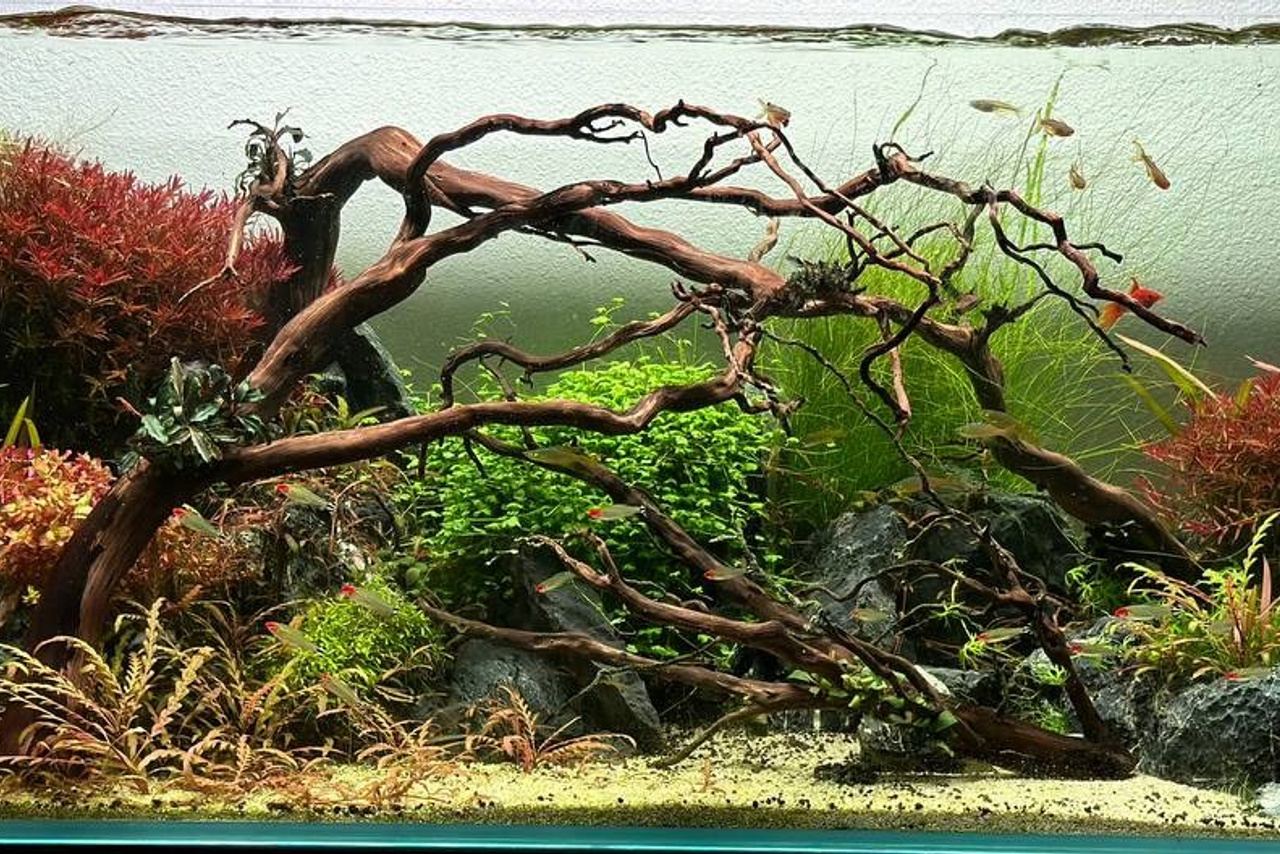
Аквариумы Дмитрия Бондаренко

Мох в качестве почвопокровного растения
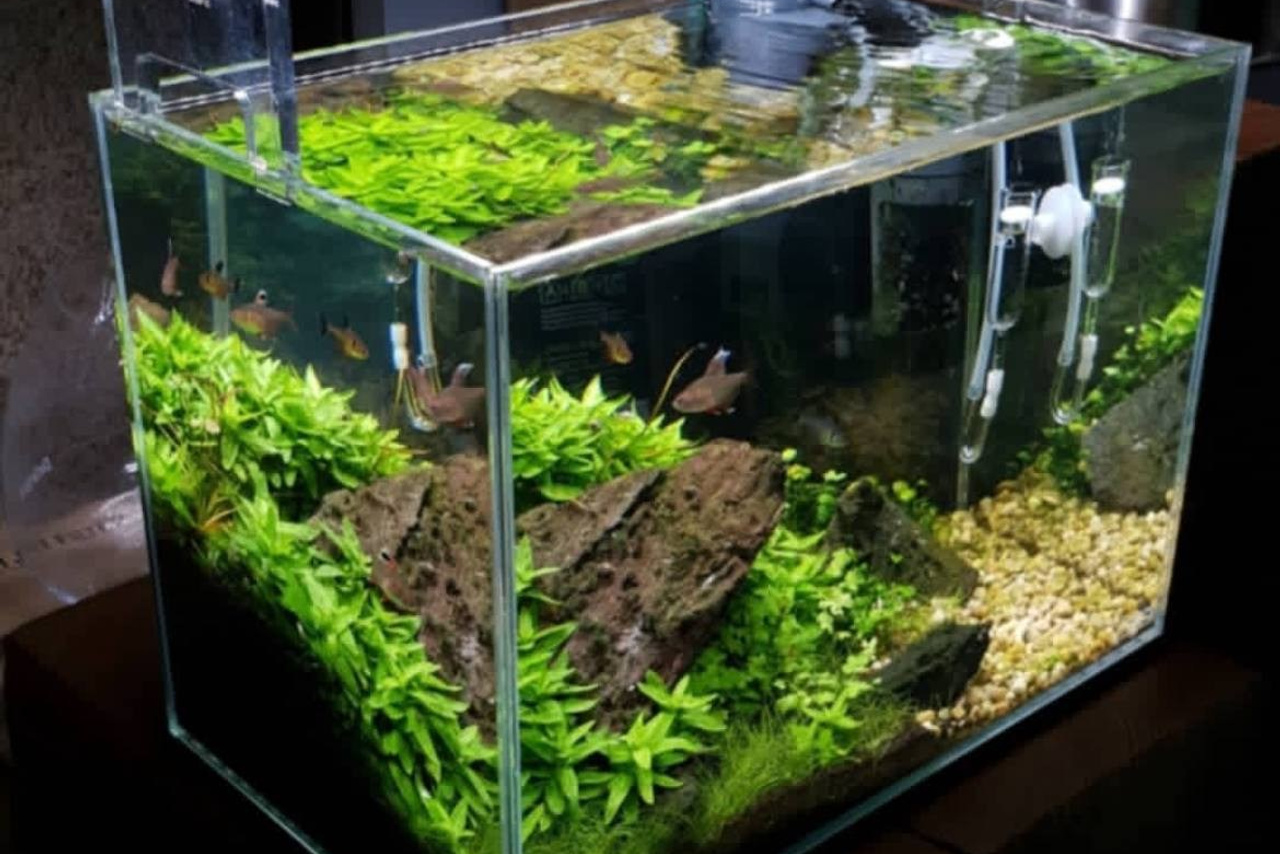
Aquarium for nano fishes or bettas
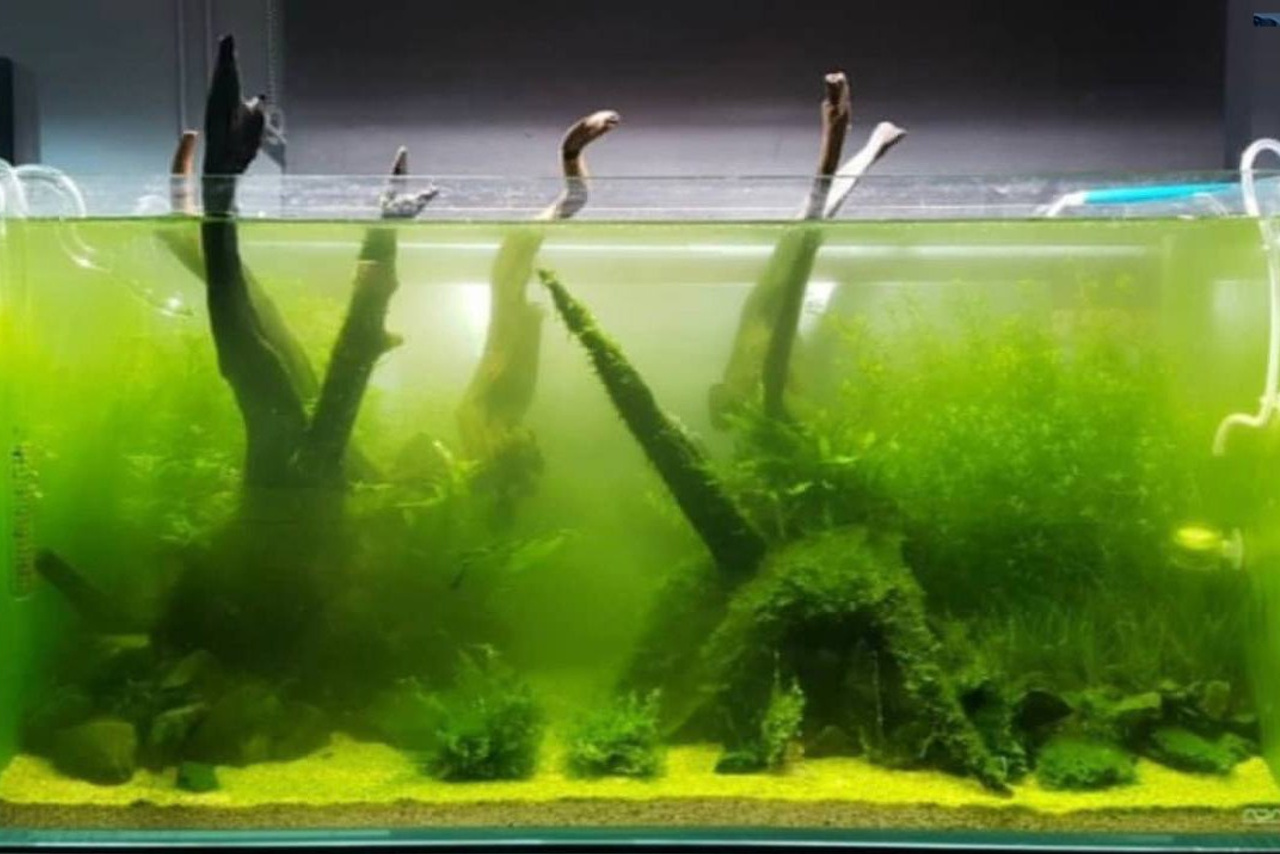
Зелёная вода в аквариуме.
